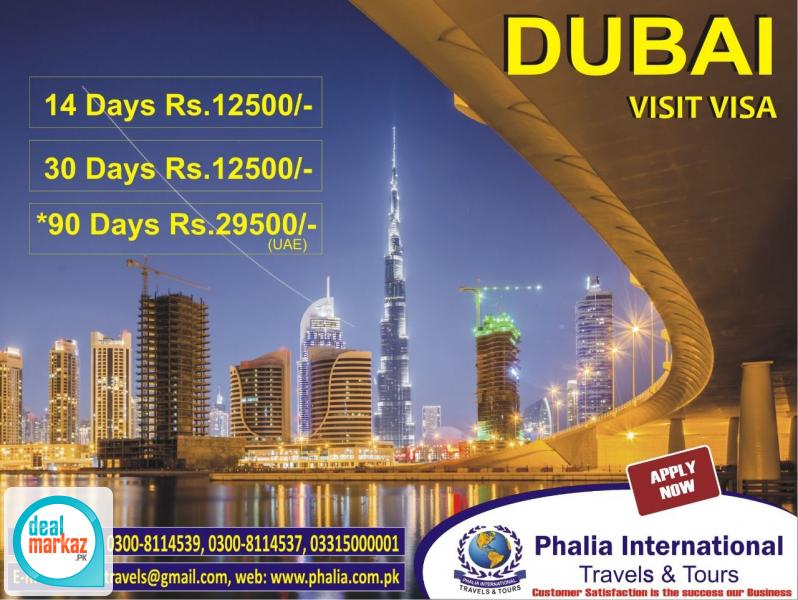Benban Solar Park Is Just the Start

In Egypt’s western desert, approximately 650 km south of Cairo, lies one of the largest solar power plants globally, the Benban Solar Park. This huge solar energy project consists of more than 7.2 million photovoltaic panels, transforming the desert’s golden sand into a big ocean of solar panels visible from space. In addition to the exceptional economic benefits, the Benban solar plant is also great for the environment. It avoids more than 2 million tons of greenhouse gas emissions per year compared to gas power stations. For these reasons, the World Bank Group gave the best project award to Benban solar park in 2019, which is the first time for Egypt to win such an award.
In this article, we will quickly go through the progress of the Benban solar plant in addition to some of the opportunities and challenges that faced this huge project.
State & Progress
In September 2014, Egypt started the Benban project as part of the Egyptian government’s Sustainable Energy Strategy 2035. This large solar plant is subdivided into 32 power plants on 37.2 km^2, which is equivalent to 8550 acres. Each plant is built on 250 acres and consists of more than 200,000 solar panels with the latest sun-tracking technologies that increase the output efficiency by 30-40%. This results in around 50 MW capacity per plant and more than 1650 MW total project capacity, which is equivalent to 90% of the High Dam output, one of the biggest sources of electricity in Egypt.
As we speak, the Benban photovoltaic plant pumps more than 3.8 trillion Wh/year to the national grid, which is enough to power over 2 million Egyptian homes.
Challenges Faced Benban
-
Financing
When it comes to a renewable project this big, the greatest challenge is always money. The government had to figure out a way to finance the Benban solar park without increasing the public debt. And to achieve this, Egypt attracted private sector developers by promising to pay a competitive price for all energy produced at Benban Park for 25 years through the Feed-In-Tariffs incentives.
This was well received by over 40 local and foreign developers from 112 countries, including Infinity Energy, Solar Energy Hackers, and Shapoorji Pallonji that installed panels, transformers, and inverters in their assigned plots. To protect investors from political decisions, the MIGA provided $210 million in political risk insurance to 12 projects in Benban.
With loans from the IFC, BayernLB, AAIB, and the WGB, the Egyptian Electricity Holding Company built roads, a control center, and four 525 MVA substations that pump the electricity to the national grid using the adjacent 220 kV transmission line. They are currently looking to connect the plant to two 500 kV high-voltage transmission lines that pass nearby.
-
Temperature
To help make this dream come true, NASA assisted Egypt in finding the best location to establish the park, which is Benban, 40 km northwest of Aswan. This area of the world has very high sun radiations, clear skies, and low humidity levels, which are all favorable weather conditions that ensure maximum power output from a solar plant. However, one of the biggest problems in this location is the high temperature.
Benban has a very high temperature, especially in summer, reaching 38 degrees Celsius (100 Fahrenheit). This won’t only reduce the efficiency of the solar panels but also affect the delicate inverters, which cause them to overheat and reduce the total output.
Another factor that can affect the solar panel efficiency is the sand that blows onto the panels. However, this problem was easily countered by cleaning the panels once or twice each month using special tractors with long brushes.
Benefits
The Benban project paved the way for the private sector to invest in the renewable energy sector, especially solar. Opening the market for the private sector increased the competition, which played a vital role in decreasing the cost of PV systems and helping renewable energy to claim a bigger share in Egypt’s electricity mix.
It also provided valuable experience in installing PV systems for more than 10,0000 engineers, technicians, and technician assistants that worked on the Benban project. Further, the Benban solar park created more than just energy; it improved the surrounding community by creating thousands of job opportunities and helped to build more industrial cities around the project.
What’s Next?
This is just the start, the goal is to increase the renewable energy share in the energy mix to 20% by 2022 and 42% by 2035, and Benban is only a part of the equation. The Benban solar park proved that solar energy could be a reliable source of power, which opened the market for investors to build more solar plants in the desert, and wind farms across the Red Sea.


No Comments